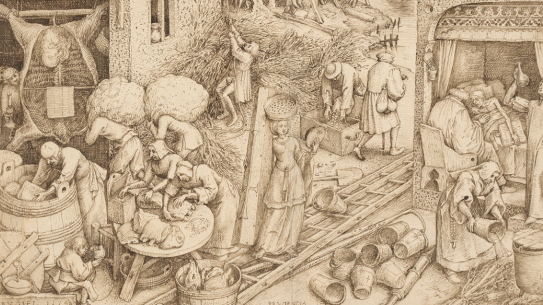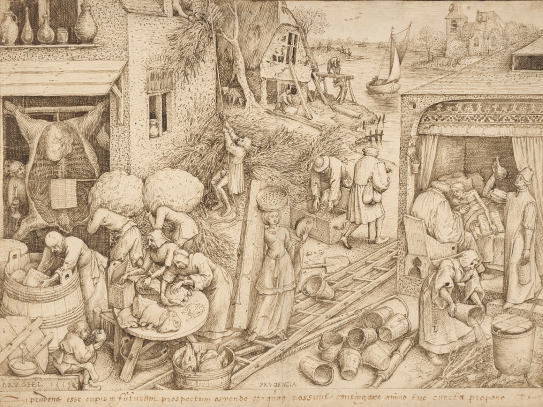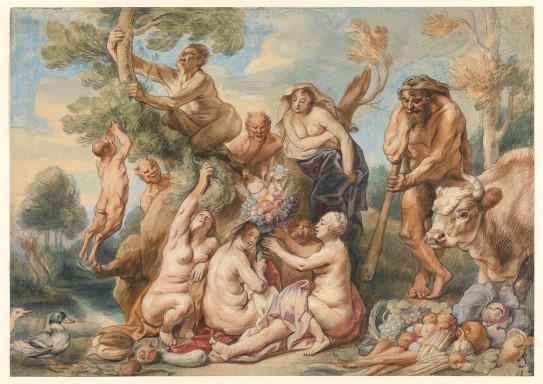Drawn to Life. Works from the time of Bruegel and Rubens

This exhibition is a unique opportunity to get up close to works that are rarely exhibited – and to feel you are almost looking over the artist’s shoulder.
In the late 16th century and through much of the 17th century, art in Flanders and the Netherlands flourished in great diversity. It was an era of economic prosperity but deep religious conflicts between the Catholic and Protestant faiths. As a result, artists often moved during their careers. Many travelled to Italy to study the art of the period and the ideals of antiquity. Inspiration from there can often be seen in the work of northern European artists.

The works in the exhibition range from landscapes and pictures of animals to mythological, allegorical and biblical scenes. The drawings originally served a variety of functions, from sketches for paintings and tapestries to studies of nature. A few can also be regarded as works in their own right.
In addition to Pieter Bruegel the Elder and Peter Paul Rubens, many of their fellow artists are also represented. Covering a span of around 100 years, the exhibition includes work by Peeter Baltens, Hans Bol, Jan Harmensz. Muller, Frans Snyders, and others.
The exhibition is based on a generous loan from the rich collection of the Royal Museums of Fine Arts of Belgium in Brussels. Also included are a small selection of drawings from the period from the National Museum’s own collection.
New knowledge
So-called Old Master drawings often became collectors’ items among connoisseurs of the field, both in their day and throughout the 19th century. Research into the ownership history of the drawings, as well as into why they were created and by whom – the attribution problem – provides knowledge about the works and their context.
Ahead of the exhibition, the National Museum’s own collection of older Dutch and Flemish drawings will be photographed, catalogued, and published online. This will make them accessible to researchers internationally and hopefully lead to new insights about some of the museum’s prized possessions.

Explore the exhibition




